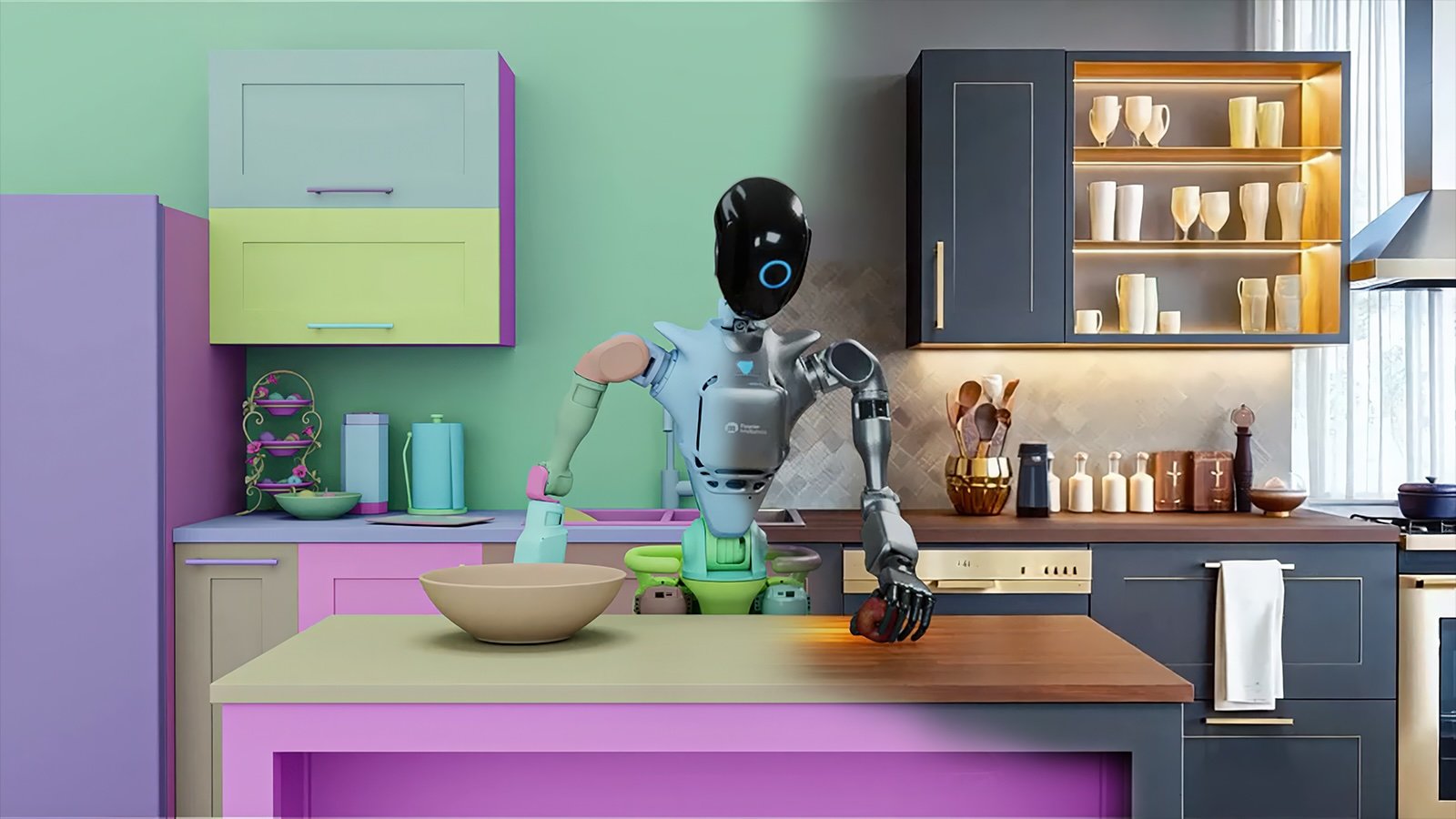Superintelligence: Is Humanity's Future Shaped by AI Risks and Ambitions?
Image Credit: Soliman Cifuentes | Unsplash
In recent years, the concept of superintelligence has captured the imagination of scientists, entrepreneurs, and tech enthusiasts worldwide. Popularized by British philosopher Nick Bostrom in his influential book Superintelligence: Paths, Dangers, Strategies, Bostrom introduced the concept of AI surpassing human capabilities, sparking both excitement and anxiety about humanity's future.
Fast forward a decade, OpenAI's CEO Sam Altman has suggested that superintelligence could be just a decade away, prompting his co-founder Ilya Sutskever to establish a new venture focused on safe superintelligence. With these bold predictions, the pressing question becomes: how close are we to this reality, and what does it mean for the future?
[Read More: Sam Altman: A Name That You Should Know in the AI Era]
Understanding Levels of AI Intelligence
One of the most compelling ways to break down the complexities of AI intelligence comes from the work of US computer scientist Meredith Ringel Morris and her team at Google. They propose a framework that categorizes AI into six performance levels: no AI, emerging, competent, expert, virtuoso, and superhuman. This categorization also distinguishes between narrow and general AI, where narrow systems focus on specific tasks, while general systems possess a broader range of abilities.
For instance, narrow AI can perform exceptionally well in certain domains—Deep Blue, the chess-playing AI that defeated Garry Kasparov in 1997, is a classic example of a virtuoso-level narrow AI. Meanwhile, systems like AlphaFold, which predicts protein structures with remarkable accuracy, have superhuman narrow capabilities. These specialized tools are powerful, yet their scope remains limited.
General AI, on the other hand, is much more challenging to advance. Despite recent leaps, language models like ChatGPT still fall into the "emerging" category of general AI, as they perform comparably to unskilled humans in a variety of tasks. This suggests that the leap to superintelligent, general AI remains distant—although technological progress can be unpredictable.
[Read More: Do You Know That You Are Witnessing the 5th Industrial Revolution?]
Current AI Capabilities: Reality vs. Expectations
Evaluating the current intelligence of AI systems depends significantly on the benchmarks used, such as performance on standardized tests like the Winograd Schema Challenge or benchmarks for mathematical reasoning. The Winograd Schema Challenge, for example, is designed to test an AI's ability to understand context and ambiguity in language—something that requires comprehension skills similar to those expected from university-level students. Benchmarks for mathematical reasoning, on the other hand, are akin to solving problems found in undergraduate or graduate-level mathematics courses, assessing the model's ability to perform logical deductions and handle abstract concepts. Models like DALL-E, which generate images, might be seen as virtuoso-level in artistic skills but still exhibit flaws that indicate they are far from reaching the superhuman level comprehensively. Midjourney, another AI model, has shown an ability to generate more natural-looking images compared to DALL-E, which has led some to argue that Midjourney may currently be superior in artistic quality. However, both systems still face limitations and occasionally produce errors that no human artist would make, indicating that even the most advanced generative models have room for improvement. The debate continues among researchers, with some suggesting that AI models like GPT-4 exhibit early signs of general intelligence, while others argue that they lack true reasoning abilities.
Despite claims of complex reasoning capabilities, recent studies have shown that even advanced models struggle with genuine mathematical reasoning, often resorting to sophisticated pattern-matching rather than demonstrating true cognitive understanding. This discrepancy between perception and actual capability emphasizes that superintelligence may not be as imminent as some suggest.
[Read More: Will AI Robots Rule the World? Exploring the Future of Autonomous Energy and Artificial Intelligence]
Will AI Progress Keep Up the Pace?
The rapid advances in AI technology over recent years have led many to believe that the path to superintelligence is accelerating. Companies are investing heavily in developing AI, and some anticipate that general superintelligence could emerge within a decade. However, the reliance on human-generated data to train these models poses a potential limit to their evolution.
To overcome these limitations, researchers are exploring more efficient use of data, synthetic data generation, and transferring skills across different domains.
Yet, there remains skepticism about whether current AI, such as ChatGPT, can achieve true competence—a critical step toward superintelligence. The latest model, o1 Preview, has made significant advancements, demonstrating improved reasoning abilities and more sophisticated understanding of complex tasks. However, it still falls short of reaching full competence, particularly in areas requiring deep contextual awareness and adaptive learning. The development of open-ended AI models, which can generate novel outputs continuously and learn adaptively, may be key to achieving this vision.
[Read More: The Looming Threat of 'Model Collapse': How Synthetic Data Challenges AI Progress]
The Risks on the Horizon
While superintelligence might still be years away, the risks associated with increasingly powerful AI systems cannot be overlooked. As AI systems become more autonomous, their potential for unintended consequences grows. Presently, the main concern is not superintelligent AI taking over but rather the risks associated with over-reliance on AI or entrusting it with too much control.
For example, recommendation algorithms shaping our digital experiences or conversational models used for advice carry risks if users overly depend on them. Additionally, concerns such as mass job displacement, people forming emotional attachments to AI, and the emergence of societal ennui as machines take on more roles are critical issues that researchers and policymakers need to address.
[Read More: Synthetic Data: The Double-Edged Sword in AI's Quest for Diversity and Security]
Balancing Ambition and Safety in AI Development
If humanity does reach the point of creating superintelligent AI, the next challenge will be ensuring it aligns with human values. It is possible to build autonomous AI systems that still offer a high level of human oversight and control. Many in the AI community remain optimistic that a safe form of superintelligence is achievable—but doing so will require unprecedented levels of collaboration, creativity, and caution.
The road to superintelligence is undeniably complex, bringing immense benefits like advancements in healthcare, efficiency, and knowledge expansion, but also significant risks, including loss of control, ethical dilemmas, and potential misuse. Moving forward, researchers must explore new methodologies, combine insights from various disciplines, and prioritize the safe and ethical development of these powerful technologies to ensure that they serve humanity's best interests.
[Read More: California’s AI Safety Bill Veto: Innovation at Risk or Necessary Step for Progress?]
Source: The Conversation













